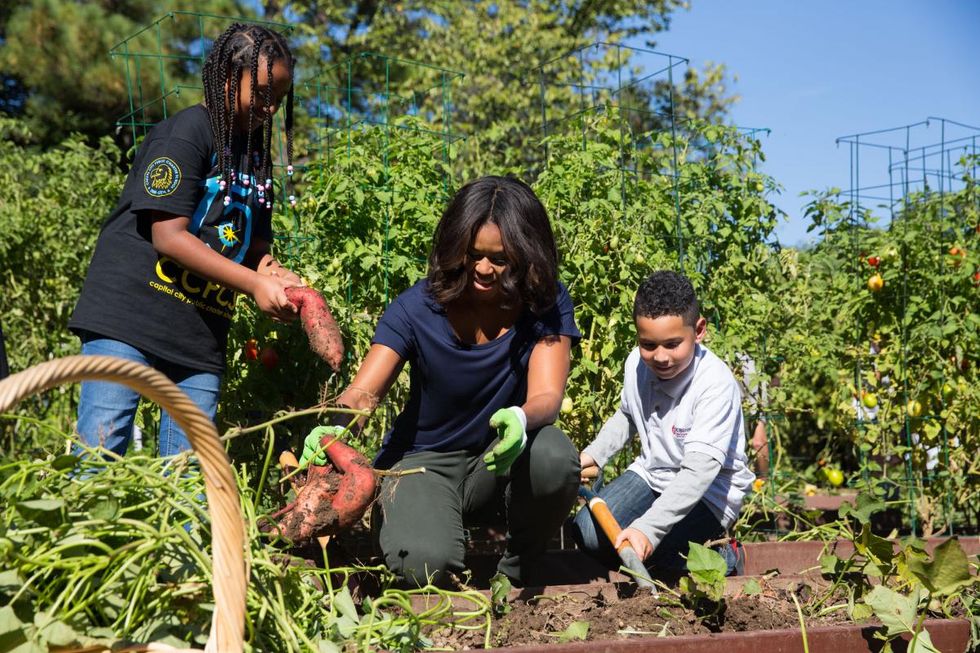With the temperatures continuing to climb and gardening winding down for the summer, I can't help but impatiently wait for autumn plantings. Think about it: fresh crisp air, wool sweaters, hot coffee/tea...pumpkins. Prep your gardens early for the cool season, and consider planting some fall favorites this year!
Note: I personally recommend seeds from Botanical Interests due to my successful yields and believe in using non-GMO seeds, and many of the varieties offered are certified organic seeds. Additionally, this guide is geared towards zones seven and eight.
Spinach:
Spinach is one of my favorite vegetables. It’s a reliable source of iron and is delightful both cooked and raw. When seeding, be sure to plant late in early September for a longer yielding season. Spinach is suited for both traditional gardening beds and patio dwelling container gardens, and it will grow relatively well in dappled shade. Each plant will reach maturity 25-30 days after seeding, and leaves can be harvested at any point during the growing season (toss some into your smoothies or in a pot of fettuccine alfredo with some cherry tomatoes). Spinach hasn't changed drastically, but there are several varieties to choose from!
Beets:
Broccoli/Cauliflower:
Both vegetables have a wide array of applications in cooking: healthy snack, steamy side, stir fry, soup or even a rice substitute. Cauliflower and broccoli can tolerate shaded gardens, and they tend to be rather hardy in-between seasons. It is preferred the seeds be planted in the ground, but if you plan on adding them to your container garden, consider giving each plant their own container or one large enough to support two at least six inches apart. Sow your crop between early and late September, and expect your plants to reach harvest maturity in 48 days. There are a wider selection of broccoli seeds compared to cauliflower seeds, but both vegetables come in purple.
Pumpkins:
Butternut Squash:
Another fall favorite, this rich vegetable is popular grilled, baked, in soups, pies, casseroles, curries, hash (I would suggest serving with sweet and purple potatoes) and mashed with green onions. Butternut squash boasts a nutty, creamy taste that resembles a pumpkin. Once harvested the vegetable is good for over a month after picking! Sow your seeds one foot apart in the ground (I wouldn’t recommend growing squash in a container) in early September. Your squash will be ripe and ready for autumn soup in 100 days.












 StableDiffusion
StableDiffusion StableDiffusion
StableDiffusion StableDiffusion
StableDiffusion Photo by
Photo by  Photo by
Photo by  Photo by
Photo by 
 Photo by
Photo by  Photo by
Photo by  Photo by
Photo by  Photo by
Photo by  Photo by
Photo by 










